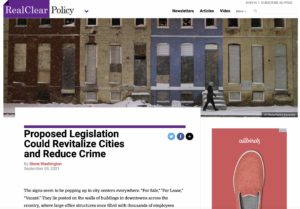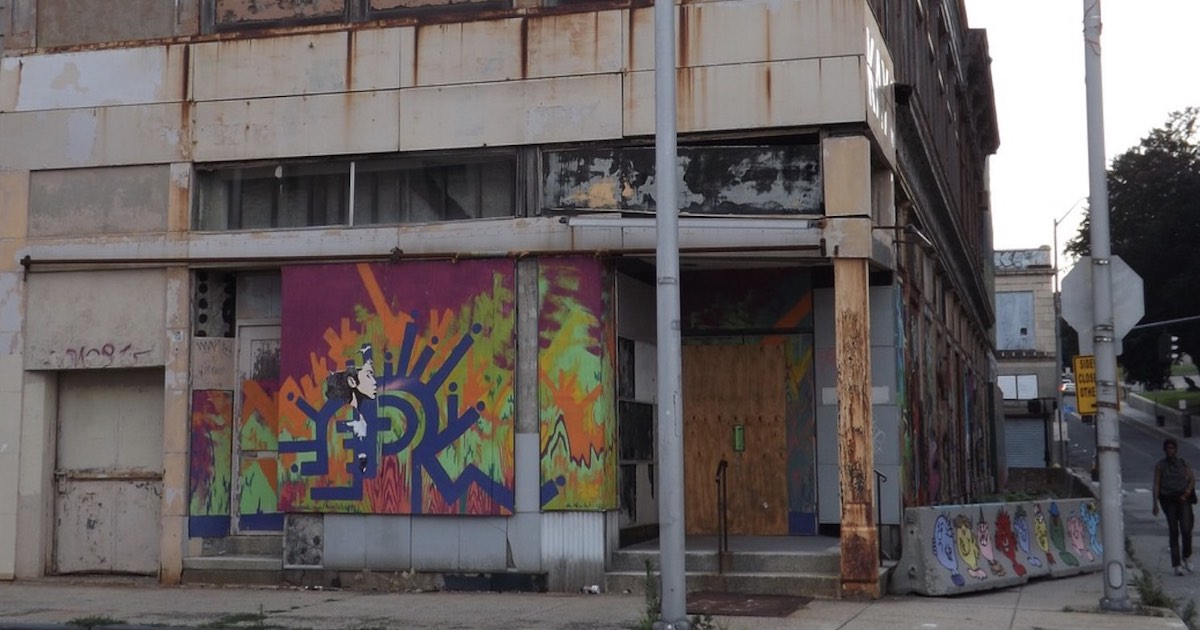LTP News Sharing:
If the COVID-19 shutdown of the past year-and-a-half wasn’t enough, the increase in violence and crime in America’s cities is dealing a mortal blow to more than just the real estate market:
The lack of office workers has not just led to solitary buildings, but also to an absence of traffic for the small businesses surrounding them. The restaurants and bars where employees once frequented for lunch and happy hours have reduced hours, if they can stay open at all. Nearby coffee shops, dry cleaners, and convenience stores have experienced similar effects.
 Project 21 member Stone Washington, in a RealClearPolicy commentary, reports that there is possible help from the most surprising of places:
Project 21 member Stone Washington, in a RealClearPolicy commentary, reports that there is possible help from the most surprising of places:
[A] bill was recently introduced in Congress that could reduce crime, while also providing safer, cleaner streets and more vibrant cities. The Revitalizing Downtowns Act would help incentivize and offset the costs of gentrifying vacant structures into mixed-use or residential spaces – providing crucial assistance to developers as they aim to fill their spaces while innovating our city centers and ensuring they remain safe post-pandemic.
Stone explains that the bill provides incentives to developers to improve urban blight and decay. This, he writes, “is a tangible step to ensure that crime does not overrun urban centers before it is too late.”
“By focusing on the role of private developers, this legislation has the potential to reshape our cities,” he adds.
“With record-setting vacancies in cities across America – paired with rising rates of violent and drug-related crimes permeating our urban centers – it makes sense to partner with the private sector to address these growing problems, while also making strides to innovate our downtowns,” Stone concludes. “If we want to stop crime, support the economy, and bring life back to the American city, the Revitalizing Downtowns Act is a promising first step.”
To read Stone’s commentary – “Proposed Legislation Could Revitalize Cities and Reduce Crime” – in its entirety, click here.

Author: David Almasi







